By Jonathan Duffy, Arctic Meta
The northern lights are a bucket list item for many people. Every year millions travel to northern locations like Sweden, Finland, Norway and Iceland for a chance to see this natural phenomenon in person.
Today, most people want to witness the lights dance and get a snapshot of them so they can be the envy of everyone in their Instagram feed, but in the past, the human relationship to the lights was much different.
The Aurora Borealis (as they are scientifically called) had existed long before humans ever had the ability to talk about them, but they have influenced stories, beliefs and customs for thousands of years. Many people in many different cultures have cultivated rich stories about the lights, why they form and what they mean.
So what exactly are the northern lights? How do they form? What are some of the pieces of folklore around them? Read on to find out all this and more.
What Are the Northern Lights?
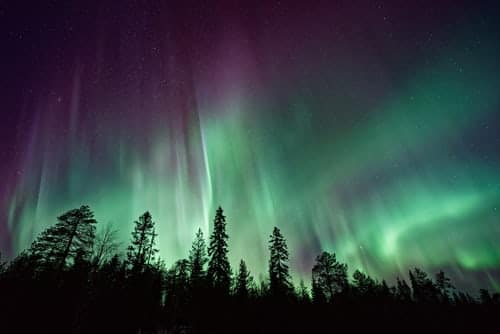
The Northern Lights or Aurora Borealis are a natural phenomenon that occurs only in the northern hemisphere. They are colourful dancing lights that can be seen in the night sky. They can range in colours and movement and can be visible for very short periods or for hours at a time.
How Do the Northern Lights Form?
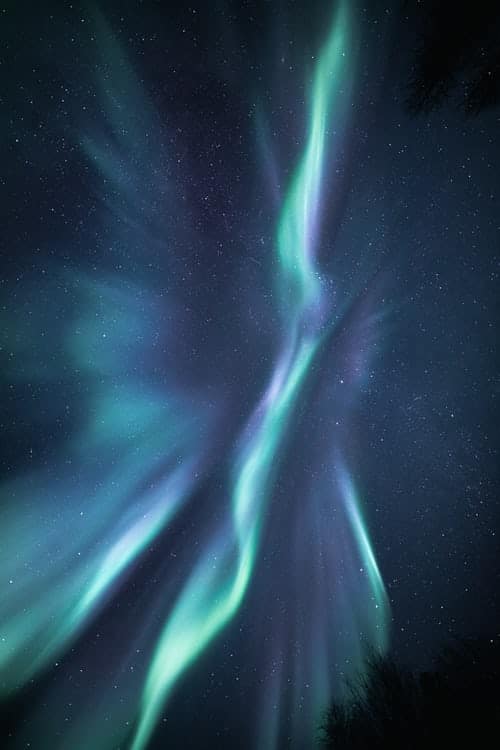
The northern lights are formed within the Earth’s upper atmosphere. They are the result of a reaction that occurs when highly charged particles from the sun are smashed into the ionosphere. These particles are travelling at extremely fast speeds (up to 72 million kph).
Without some sort of protection, the sheer speed of these particles hitting the Earth would be catastrophic; however, the Earth’s magnetic field absorbs a lot of the shock and redirects the particles towards the magnetic north and south, otherwise known as the north and south poles.
While the particles dissipate towards the poles, they continue to move and crash into each other as they also react with the chemicals of the atmosphere like oxygen and nitrogen. The interaction between the particles and the ionosphere creates a reaction that causes dancing coloured lights in the sky.
Where Can I See the Northern Lights?
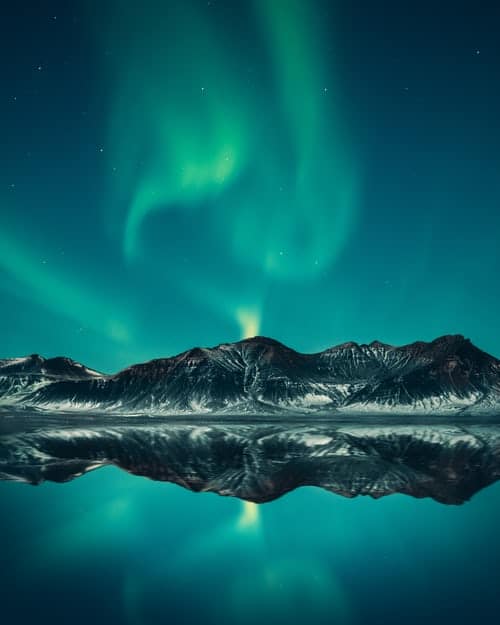
Technically the Northern lights can be seen anywhere in the northern hemisphere. In history, they have been seen in locations that would be considered quite far south. In fact, in 1859, it was reported that the northern lights could be seen off the coast of one of the Hawaiian Islands, which is an astonishing 21°north of the equator.
In general, the aurora borealis is most commonly seen close to the arctic circle. Countries that regularly report the northern lights to include; Norway, Sweden, Finland, Canada and of course, Iceland.
As stated earlier, the particles from the sun are redirected to both poles by the Earth’s magnetic field. The ones that move to the north pole are the Northern Lights, the ones that go towards the South Pole become the Southern Lights or Aurora Australis.
Northern Lights Norse Mythology
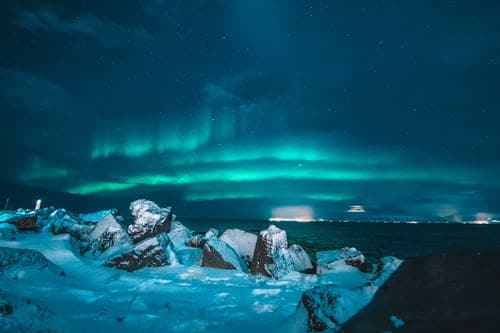
The Northern Lights are not a modern phenomenon, they have existed since long before humans evolved, and as a result, many cultures had stories or beliefs that attempted to explain what they were and what they could possibly mean.
The people of Northern Europe in the middle ages were known as the Norsemen, and today the lands they ruled over makeup Norway, Iceland, Sweden, Denmark and parts of the UK.
The Norse tribes had many varied stories about the lights ranging from a cause for celebration to something that should be feared.
Heroes Lighting Up the Night Sky
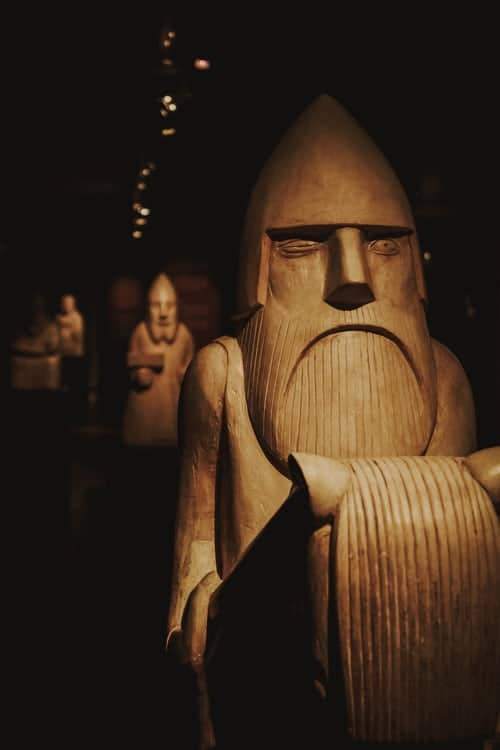
In Norse mythology, the king of the gods was Oðin (Odin). Odin lived in an unearthly kingdom called Valhalla, where he was preparing for Ragnarök. Ragnarök was a battle that Oðin was destined to fight in. It was believed that Ragnarök would end the gods and create an entirely new world. Ragnarök is basically the Norse equivalent of the apocalypse.
To prepare for his great battle, Oðin would scour the lands of the Norsemen and pick the bravest warriors who died in battle. These men would join him in Valhalla to prepare for Ragnarök. To get there, these souls would be escorted by female armoured warriors riding mighty horses. These warriors were called the Valkyrie.
Some believed that the Northern Lights were caused by the reflections of the Valkyries’ armour as they rode across the night sky collecting souls on their way to Valhalla.
Other stories involving the transport of fallen soldiers’ souls claimed that the lights were the Bifrost, a glowing rainbow bridge that connected the Earth realm to that of the gods.
Danger in the Lights?
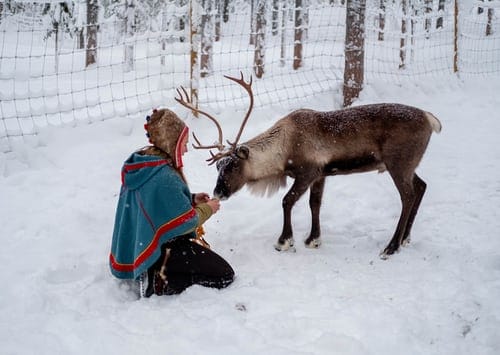
The Sámi are indigenous people to Northern Europe. The lands they occupied are now Northern Sweden, Northern Norway, Finland and parts of Russia. For the Sámi, seeing the Aurora Borealis was rarely a good thing.
The Sámi believed that the lights were the embodiment of the souls of the dead. They also believed that these illuminated souls could reach down from the sky and take people away or even cut off their heads. For this reason, the Sámi had a strict rule to stay indoors and remain quiet when the lights were out so as to not make them aware of human presence.
The Mythical Firefox
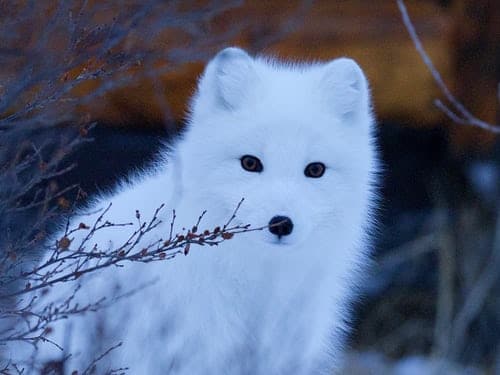
In Finnish, the word for the Aurora Borealis is ‘Revontulet,’ this word translates to Firefox. Although today this word is probably more associated with an open-source internet browser created by Mozilla, in the past, it actually referred to the arctic fox.
The Finns believed that the Northern Lights were caused by static sparks flying through the sky as the arctic fox’s tail brushed against mountains as it ran. Some thought that instead of a static reaction, the lights were caused by the reflection of moonlight in snowflakes as the fox kicked up snow.
North American Northern Lights Myths and Legends
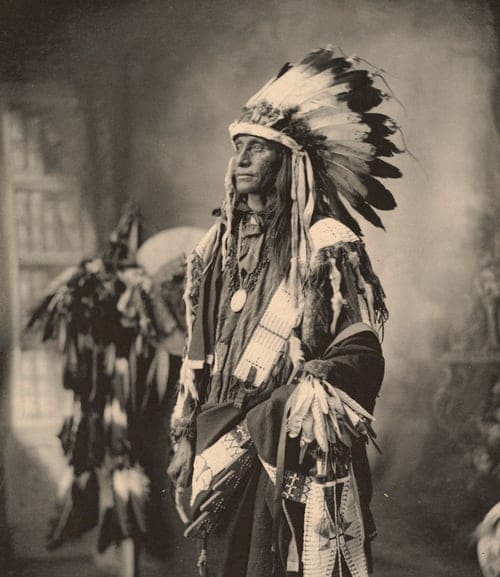
The Nordic people weren’t the only ones with folklore surrounding the northern lights; across the Atlantic, many of the ancient tribes of North America also had creation stories. The North American tribes were much less connected than their Nordic counterparts, and as a result, they have a wider variety of myths and legends.
The Circle of Life
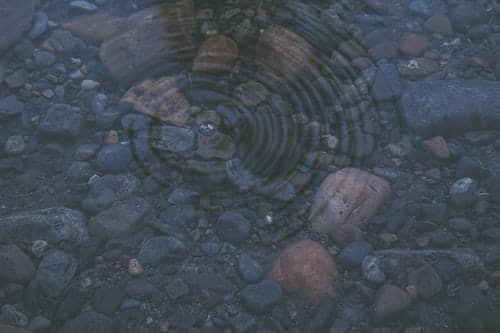
Many of the Native American legends surrounding the Northern Lights are more benevolent and refer to the natural cycle of life and death.
The Cree tribe thought the lights were simply the spirits of the dead watching over their loved ones. To them, the dancing of the lights was their ancestors letting them know that they were protecting them.
For some, like the Algonquin people, the phenomenon was a sign from their great creator, Nanabozho. He was lighting a fire and reminding the people that he hadn’t forgotten about them and was still watching over them.
For some tribes like the Makah and the Mandan, the lights were caused by fires, sometimes lit by gods, sometimes lit by other mythical creatures like dwarves or giants.
The stories of these different peoples range from messages from the heavens to a way to communicate with dead family members, but for many of them, the Northern Lights were a reminder that life is not permanent.
The Northern Lights and the Omens of Death
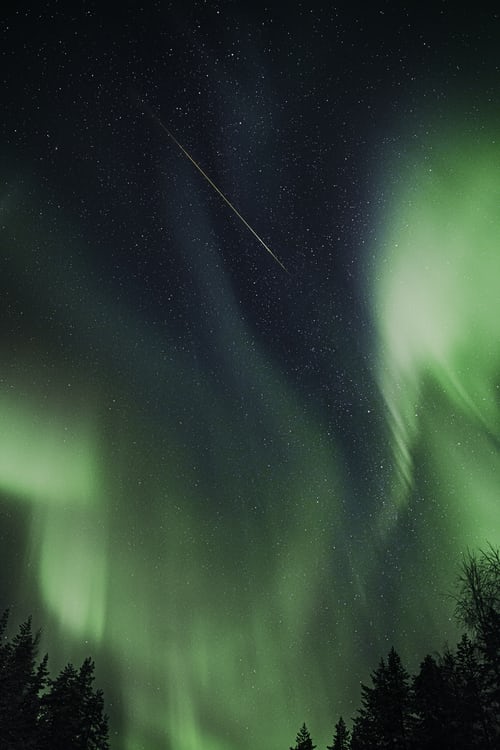
Although many North American tribes associated the Northern Lights with protection and nature, some saw them as a frightful omen of bad things to come.
Many first nations people of the North American Great Plains thought that the Auroras were the reflection of enormous fires; although they didn’t believe the origin of these fires was otherworldly, they thought it was human. They believed the fires were lit by enemy tribes in the north to cook people. This meant that seeing the fires would encourage warriors to be ready for a possible attack.
The Native people of Hudson Bay in Canada thought the lights were guiding lanterns used by demons that chase and capture lost souls. Some of the Inuit people of Alaska had similar beliefs and carried special knives with them to protect against these spectres.
European Northern Lights Myths and Legends
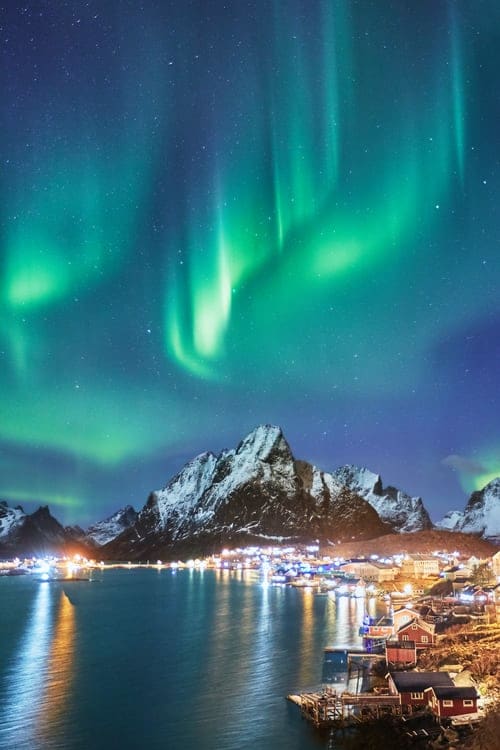
The Norsemen and the North American tribes weren’t the only ones attaching meaning to this incredible natural phenomenon. In mainland Europe, there were quite a few interesting explanations for why the sky seemed to suddenly dance with an array of glowing lights.
Omens of Bloodshed
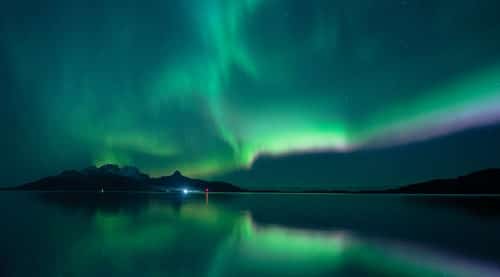
It’s rare for the Auroras to be visible over the southern parts of Europe, but it’s not impossible. If the Northern Lights can be seen in this part of the world, it would mean that there is some intense solar activity. When the solar flares are this intense, the dominant colour of the lights is usually red. For many of the inhabitants of this part of the world, suddenly seeing blood-red lights dancing in the night sky was a menacing omen of bad things to come.
In France, many believed that the lights were a warning of a terrible future. This could mean war, famine or plague, and a quick look at France’s history can reveal that sometimes it was all three.
It was noted in England and Scotland that the Northern Lights appeared a couple of weeks before the French Revolution. Although, that particular historical event more likely had something to do with an Icelandic volcano than the Northern Lights.
Positive Omens and Luck
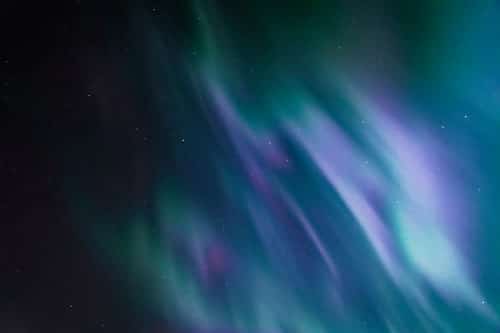
The appearance of the Northern Lights wasn’t always a messenger of doom and gloom for the people of mainland Europe. Some saw it as a herald of positive things to come. Over in Estonia, the people thought the lights were caused by magical sleighs taking spirits to an otherworldly wedding in heaven.
Some Swedish fishermen believed that the lights were a reflection of massive schools of fish, and they plotted their nightly course around them. For the Greeks and Romans, the lights were the visual representation of one of their gods, ‘Aurora.’ She was the goddess of the dawn and sister of the sun and the moon. Every day she would travel across the skies in her chariot to signify to her siblings when the day should begin.
What’s it Like Watching the Northern Lights From the Panorama Glass Lodge?
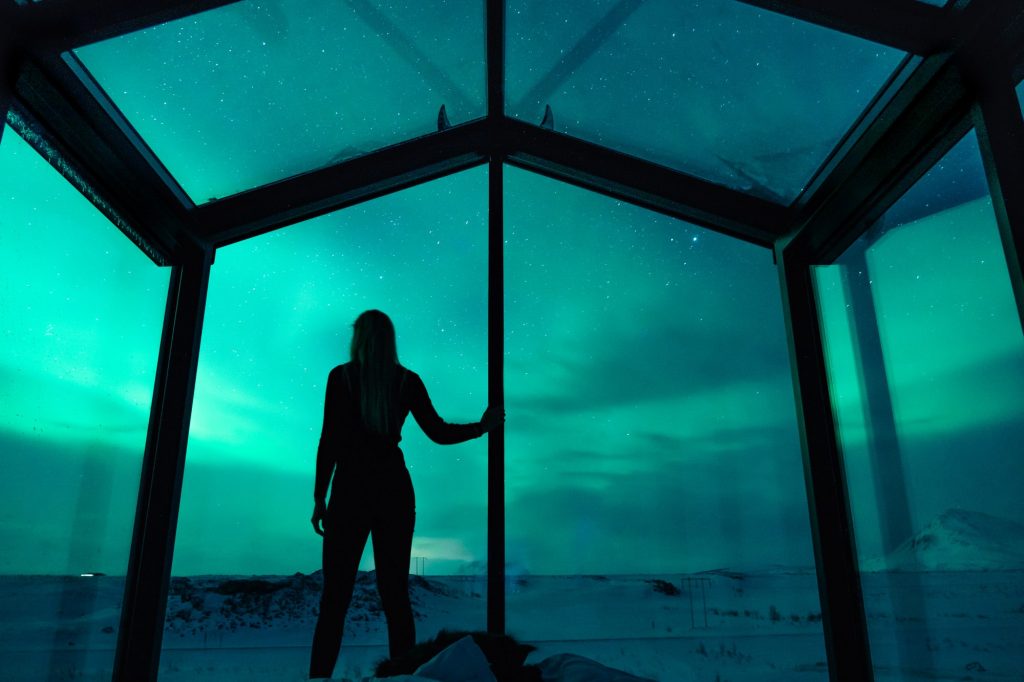
The Panorama Glass Lodge combines comfort, luxury and the wonders of nature in an experience that is designed to bring the great outdoors inside. Staying at the Panorama Glass Lodge during the Northern Lights season is sure to give you some incredible breathtaking experiences you won’t ever forget.
Each individual cabin’s design is inspired by traditional Scandinavian and nordic architecture with a modern twist, a glass roof to allow you to see the wondrous expanse of nature and clear skies that surround this beautiful area of southern Iceland.
Nestled in the Icelandic countryside, you will be able to spend your nights gazing at the skies in search of the Aurora while being protected from the cold night air. You can witness the magic of the Northern Lights from the comfort of a warm bed.
The Panorama Glass Lodge is perfect for families, couples or even groups of friends who would love to see the Northern Lights with a sense of style, comfort and class. The lodges are also ideally located close to many of the incredible attractions South Iceland has to offer, so you can spend your days exploring then come back to enjoy a private hot tub in the Icelandic countryside before relaxing under a glass roof to wait for the light show to begin.
Check out the Panorama Glass Lodge availability to book your stay.
Conclusion
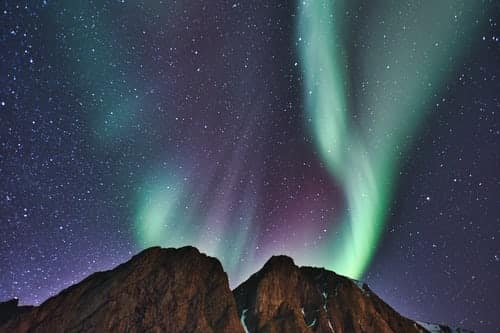
The Northern Lights have inspired cultures and generations since the dawn of humanity. They are an incredible natural wonder that many would only ever dream of seeing in real life. The interesting fact about them is you only need a plane trip to make that dream a reality. So what are you waiting for? Book your trip to Iceland and get inspired.
